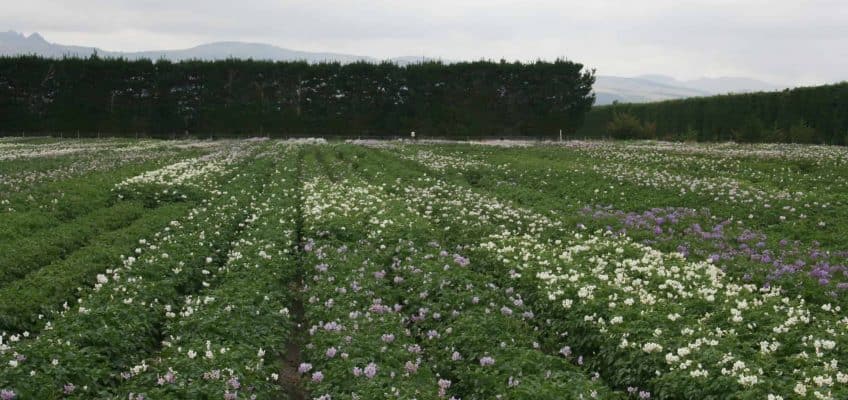The following is a project report by Massey University Bachelor of Food Technology Honours student Yvette Coyle.
Abstract…
This project involved investigating the drying of waste potatoes for the production of potato flour in New Zealand. No constant rate drying period was observed during the drying of fresh or waste potatoes. Because of this the drying of both these potato types can be approximated as a single kinetic equation.
Drying results overall showed that an increase in temperature and/or air speed resulted in a reduced drying time. Increases in temperature typically had a larger impact than increases in air speed, however a large amount of variation was seen in the results. A salt water blanch of the potato slices prior to drying resulted in a reduced drying time compared to equivalent drying of potatoes with no pre‐treatment.
It was also found that the loading density of the tray had an impact on the drying time, although this relationship was not proportional. The length of the chip had little influence on the temperature change at the centre of the chip, and thus it is assumed the length of the chip has little influence on its time to dry. The humidity of the air in the drying chamber determined the equilibrium moisture content that the potatoes reached.
The project also involved analysing the physical properties of the potato flour produced, and comparing these to wheat and pea flours. It was found that potato flour has a different colour than both pea and wheat flour, and is more different to pea flour. A pasting profile was generated for all three flours, which showed that potato flour follows an extremely similar pasting profile to wheat flour, but has significantly higher viscosity’s upon gelatinisation.
Different size reduction processes were analysed for the production of potato flour. It was concluded that a number of different mills would be appropriate for use.
It is recommended that the following actions be taken for the continuation of this project:
- Construct a moisture desorption isotherm with the potatoes to be dried so that the relationship between the humidity of the air in the drying chamber, water activity and the equilibrium moisture content can be determined.
- Conduct further trials to optimise the loading density of the potatoes and the time to dry to maximise throughput.
- Conduct further trials to assess the significance of a salt water blanch on the drying time of potatoes.
- Consult with the customer to determine desired characteristics, e.g. particle size and moisture content of the final product.
- Assess the nutritional properties of the potato flour after the final product has been defined.



